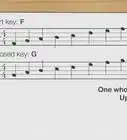X
wikiHow is a “wiki,” similar to Wikipedia, which means that many of our articles are co-written by multiple authors. To create this article, 11 people, some anonymous, worked to edit and improve it over time.
This article has been viewed 70,503 times.
Learn more...
Few roles in a marching band are as challenging and rewarding as that of the drum major. As drum major, you're in charge of keeping time, setting tempo, and being a role model for the marching band. Learn what skills are required to conduct a marching band, as well as detailed recommendations for leading the band on the field.
Steps
Part 1
Part 1 of 3:
Developing the Required Skills
-
1Make sure you have an ear for music. You must be able to keep time and provide a tempo for the rest of the band.[1] A strong background in music theory is incredibly helpful, since you'll be leading different sections throughout a single piece of music.
- You must have a strong music theory background in order to communicate with the band's director and with the musicians, especially if they have questions or concerns about the score.[2]
-
2Know the conductor's role. The conductor is essentially a metronome for the band. Your role will be to keep everyone on time during play. In a larger sense, too, you'll be in a leadership role. Musicians and directors will rely on you to help coordinate practices and performances.
- Conductors should avoid marking time with their feet, since this could send mixed signals. Instead, just direct the band with your hand cues.
Advertisement -
3Ask yourself if you're an organized and detailed person. You'll be responsible for getting the band to meet goals and effectively play as a single unit. This requires balancing schedules, personalities, memorizing music and field positions, all while coordinating with the director.
- Consider if you're willing to commit the large amount of time it takes to conduct a marching band. You should arrive early to practices and stay late to answer any questions or concerns the band or director may have. You may need to help out a musician in your free time or simply be there for support during stressful times.[3]
-
4Think about your skills as a communicator. Can you easily interact with your peers, as well as authority figures? A large part of conducting a band requires that you act as the liaison between band director and the musicians. For this reason, you must also be respected by all.
- Respect is a critical part of conducting. The director must have confidence in your ability to carry out his or her directions. At the same time, musicians should not question your commands or musical ability. Instead, they should acknowledge your musical experience and leadership abilities.[4]
Advertisement
Part 2
Part 2 of 3:
Leading the Band
-
1Liaise with the director. Band directors vary in terms of how directly involved they are with their band. It's your job to discuss the practical running of the band with the director. You will need to work with the musicians to meet goals set by the director. The director must respect you and your concerns. Likewise, you should respect the director's requests and decisions.
- Realize that this won't always be easy. You'll need to be able to handle criticism, both from the director and from your peers. You must also be comfortable with discussing problems or concerns with fellow musicians.
-
2Be a role model for the band. This goes hand and hand with respect. You should be able to command the attention of your musicians while inspiring them to perform at their best. This requires you to exude confidence and be there to provide encouragement and feedback.[5]
- Being enthusiastic and passionate about the band is critical in order to inspire your musicians. Showing your excitement and enjoyment of the music and performances will signal to your musicians that you appreciate what they do. They'll also be more likely to invest time and energy into the band if they feel that they're part of a larger community that cares. It's your job to be the role model of that community.[6]
-
3Dress the part. In addition to motivating the band musically, you should set an example when it comes to neatness and appearance. Make sure your uniform is clean, wrinkle-free, and properly buttoned or fastened. Presenting a well-kept image tells the musicians that you take your job seriously and expect them to as well.
- Obviously, you won't always need to wear your uniform. For rehearsals and practices, wear something comfortable, but avoid looking disheveled. The band is still looking to you for guidance and you'll still be interacting with the band's director. Maintain a professional attitude regardless of the situation.
- You'll also need to be physically fit since conducting is physically demanding. You may be required to conduct while marching forward or backwards, run up and down the field, and even carry a baton or mace while marching.[7] You might also have to run around on a large field, given the size and movement requirements of a marching band.
Advertisement
Part 3
Part 3 of 3:
Conducting the Band on the Field
-
1Develop your own style. Depending on the band's needs, you'll probably have to incorporate facings, turns, salutes, and bows while conducting the band. These can be relatively straightforward and simple movements or you can make them as elaborate and complicated as you like.
- Practice your style in front of a large mirror. Remember that you'll be raised up on the field and visible to the audience. Make sure your movements are comfortable and easy to execute while wearing your uniform.
- Developing a style can personalize your role as drum major, it's not a vital part of conducting the band.
-
2Learn gestures for each tempo. Again, these can be simple, clean movements or elaborate emphatic gestures. Consider what's easiest for your band to understand and follow. You should make your gestures large enough for the band to see. For this reason, you should keep your fingers together, not spread apart. This avoids confusion or misdirection.
- Try conducting other songs in your time signature to get use to how it feels. When you are completely comfortable with one time signature, practice several songs in another more challenging signature. You can also ask your director for any variations or pieces to practice.
-
3Learn to conduct in 2/4 time. To conduct in counts of two, bring your hands down to hit a focal point, then bring them back up. While this may seem like the simplest time signature to conduct, you should avoid bringing your hands straight up. Instead, bring both of your hands down, then sweep your hands to the side while bringing them back up on the second count.[8]
- Regardless of what time signature you're conducting, keep your arms at a 45 degree angle with your palms slightly raised at about a 45 degree angle. You should practice choosing and hitting a focal point that will be the basis for your conducting patterns. When starting out, you might want to use a physical focal point, such as music stands set at waist level. This will allow you to become comfortable with hitting the same point when conducting.
-
4Practice conducting in 3/4 time. For conducting three, bring your hands down, then out to the sides, and back up. Specifically, you'll bring both of your hands straight down, stopping at about belly button level or whatever focal point you've chosen. On the second beat, move your arms from the focal point out to your sides. On the third beat, bring your hands up to the starting position.[9]
- You should bounce your hand just slightly when you hit the beats, regardless of what time signature you're conducting. This lets your musicians know that you're on the beat and not just moving towards it.
-
5Learn how to conduct 4/4 time. For conducting four beats, move your arms down to your focal point on beat one. Move then in on beat two, making sure your hands don't touch. Move them out to your sides on beat three, before bringing your hands back up for beat four.
- It's important that you mark each beat by emphasizing or slightly bouncing your hands as you hit the beat. Otherwise, your musicians might be confused as to where your hands are moving in relation to the time.
-
6Learn how to cue and cut off. While it's up to you to develop what style you'd like to use for these gestures, the overall goals are the same. Cues are used to signal to a specific section or member of the band. Cut-offs signal the end of the piece or of a section. To cut off, bring your arms out in opposite directions and up to form a circle. When you reach the top of the circle, bring your fists together and tightly pull them apart horizontally.
- Your gesture to cut off, or end the performance, should be one of your largest movements. You want to make sure that the entire band sees that the music is coming to a close. This is especially important if the band is dispersed across a large field.
- Your signalling cue can be as simple as using your index finger to point to a specific member or section. Use a gesture that feels comfortable to you and effectively communicates your directions to the musicians.
-
7Know the band in relation to the music. This requires you to know where each section is on the field at any given point during the piece. You'll need to know when to cue sections, so don't lose track of your band. Eye contact is incredibly helpful here, as you'll often be signaling to only one section, not the entire band.
- Don't get carried away with overly large gesturing and emphasis. It will be difficult to maintain during a long performance and the band won't be able to determine subtleties in the music.
Advertisement
Community Q&A
-
QuestionHow do I stop the band if I want to work on a specific part?
 Community AnswerYou cut them off. If you are anything like my director, you scream at the band - but this is not recommended. Most students stop if you cut them off.
Community AnswerYou cut them off. If you are anything like my director, you scream at the band - but this is not recommended. Most students stop if you cut them off. -
QuestionWhat is the best way to tune out the "pit"?
 Community AnswerDo you need to tune out their talking or playing? Whatever it is, you could have a metronome near you playing quietly so that you can hear the tempo. Also, listen to the drumline and memorize your show so that you can get involved with that and not so much with the front ensemble.
Community AnswerDo you need to tune out their talking or playing? Whatever it is, you could have a metronome near you playing quietly so that you can hear the tempo. Also, listen to the drumline and memorize your show so that you can get involved with that and not so much with the front ensemble. -
QuestionShould the drum major conduct in time with or faster than the music?
 Community AnswerThe drum major should conduct in time with the music, but that means the marchers on the field need to know how to anticipate the drum major's conducting so that the music can be delivered to the audience on time. If your band isn't good at anticipating, however, the drum major should assist them by conducting faster than what they hear.
Community AnswerThe drum major should conduct in time with the music, but that means the marchers on the field need to know how to anticipate the drum major's conducting so that the music can be delivered to the audience on time. If your band isn't good at anticipating, however, the drum major should assist them by conducting faster than what they hear.
Advertisement
References
- ↑ http://mustech.net/2007/05/advice-for-marching-band-drum-majors-a-dozen-considerations/
- ↑ http://drummajor.net/Historical/1HistoricalHenzieSmith.htm
- ↑ http://drummajor.net/Historical/1HistoricalHenzieSmith.htm
- ↑ http://mustech.net/2007/05/advice-for-marching-band-drum-majors-a-dozen-considerations/
- ↑ http://mustech.net/2007/05/advice-for-marching-band-drum-majors-a-dozen-considerations/
- ↑ http://mustech.net/2007/05/advice-for-marching-band-drum-majors-a-dozen-considerations/
- ↑ http://mustech.net/2007/05/advice-for-marching-band-drum-majors-a-dozen-considerations/
- ↑ http://method-behind-the-music.com/conducting/basic/
- ↑ http://method-behind-the-music.com/conducting/tips/
About This Article
Advertisement
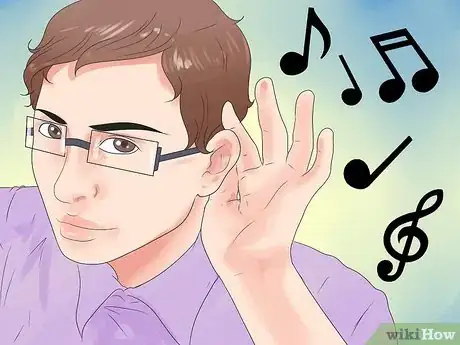
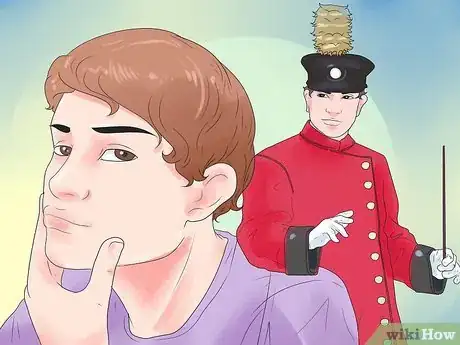



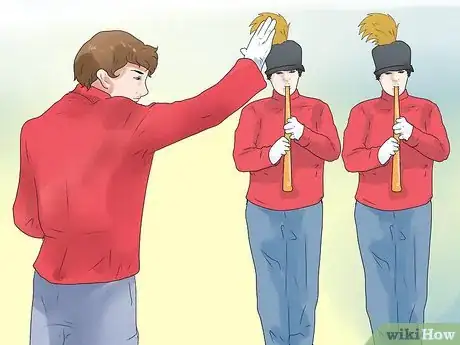
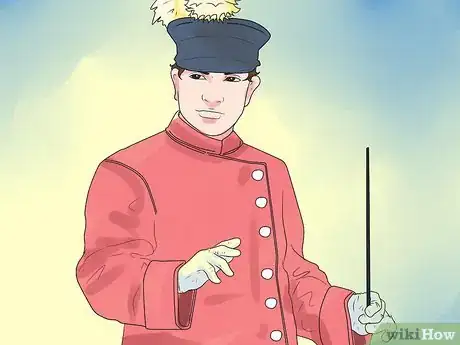

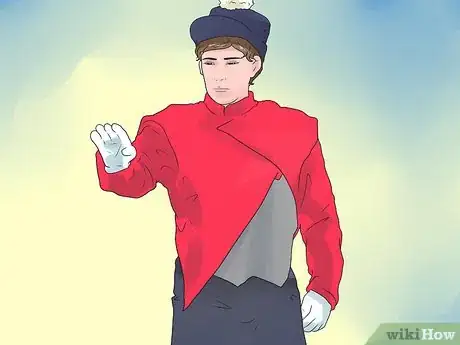
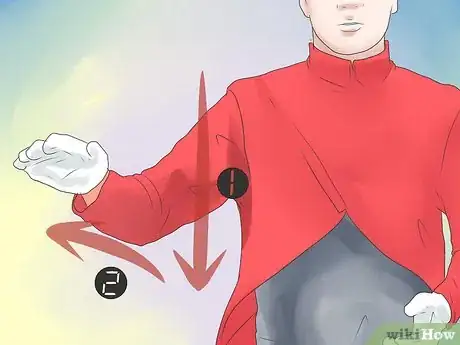
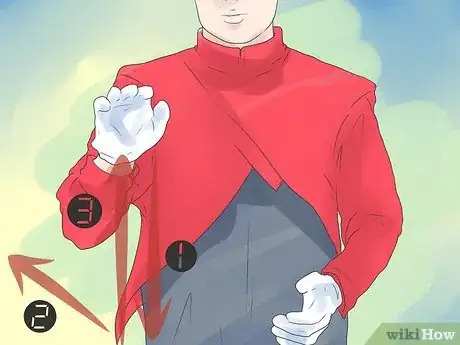
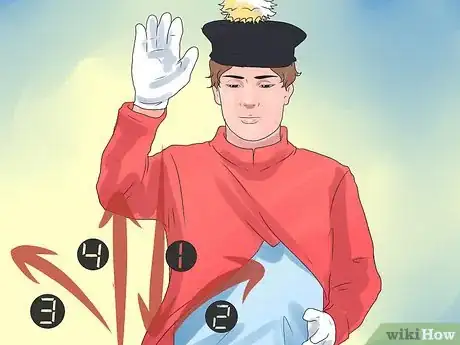


-of-a-Song-Step-9.webp)
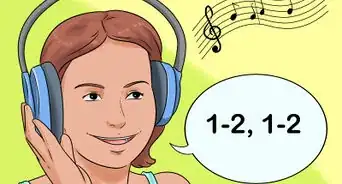
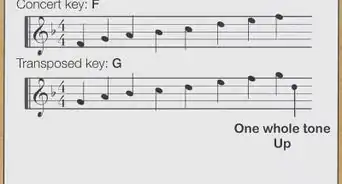



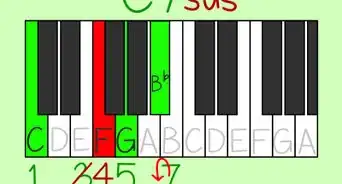
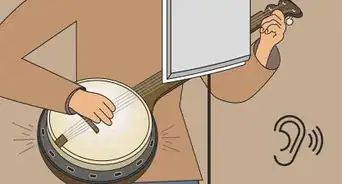

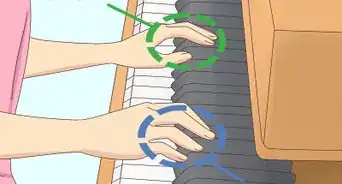
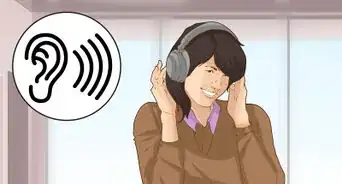

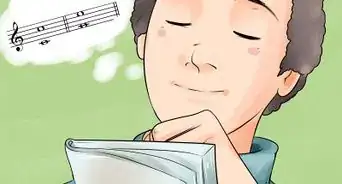
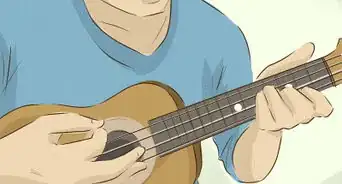






-of-a-Song-Step-9.webp)

